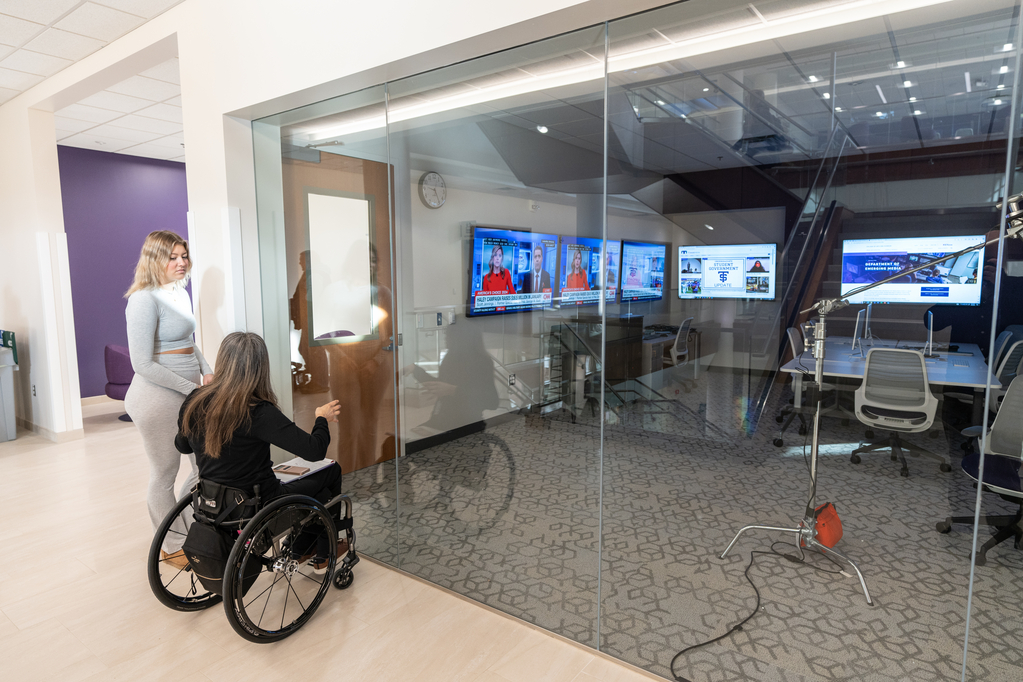Three St. Thomas engineering students and their professor have been working for more than a year to create something revolutionary : an implantable device that would capture energy from the beating of a heart and turn it into electrical power to run a device such as a pacemaker.
The School of Engineering students – Austin Lorch ’18, Amanda Tenhoff ’18 and Milad Audi ’19 – are developing a system that uses energy-harvesting technology to improve battery life and simultaneously measure multiple vital signs, including heart and respiration rates. And all it entails is a magnet moving inside of a coil – which is harder to achieve than it sounds.
“With further development, this system has the potential to eliminate the need for batteries in implantable cardiac devices and can provide continuous or near-continuous diagnostic data streams to improve overall patient monitoring and treatment outcomes,” said Dr. Tom Secord, assistant professor and former Medtronic mechanical engineer.
“Two other research groups have published results using different approaches to this problem, but our approach is promising and unique in that it adjusts to different heart rates – at rest (sedentary) or exercising (active),” he said.
Lorch, from Andover, Minnesota, said he was excited by the potential for his family and friends to have prolonged and improved lives through the research he conducted.
“I found this project thrilling because it was aimed at solving an issue that almost everyone has a connection to,” he said. “An even cooler thought is that our work has the potential to impact the lives of those across every part of the globe. It is awesome to be focused on the heart, as it is one of the most central and crucial components of every human being.”
Tenhoff began her heart research – her third project at St. Thomas – last spring. Her main job this time was working on simulation with imaging to analyze heart motion. The Eagan, Minnesota, native said she enjoyed the research because it’s what she wants to do after graduation.
“My dream is to be able to use my engineering skills to work with, heal and improve the human body and the lives of the people who would be receiving the medical treatment,” she said. “This is my first step to being able to do that. In particular, I love this project because of the variety of different subprojects in it: Computer-aided design, programming, electrical wiring and building mechanical parts are all key components to this project, and all of us have the opportunity to try out any of it.”
Audi also wants to work in the biomedical engineering field. Having completed two research projects already at St. Thomas, he chose the heart research because, “It was awesome! I was paid to learn and contribute to an important project at the same time,” he said.
Learn more about these students' fellow We Are Tommies features here.







